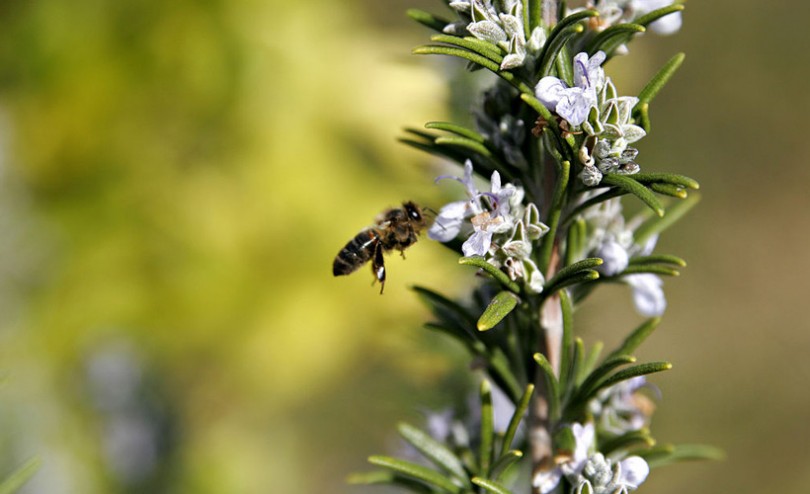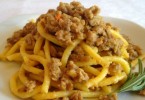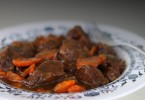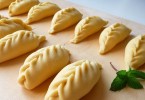Aromatic herbs in cuisine: a treasure with hidden properties
What are they and how to use them
Aromatic herbs have always been used to season dishes. So many times, while we are following a recipe, we add these ingredients without paying attention to their quality. Although their small sizes, aromatic herbs have a great importance, and sometimes are even essential to cook a dish perfectly.
Aromatic herbs are plants containing essential oils, for this reason they are able to season and give personality to our dishes, with their pleasant smell and taste.
There are different types of aromatic plants: shrubs (like tea, rosemary and juniper), trees (eucalyptus, coniferous plants and Citrus) or the herbaceous (both annual and perennial).
The aromatic substances are catabolism residuals that the plant discards. They are kept in bulbs, roots, leaves, seeds, fruit or bark. They are useful not only for the cooking, but also for the chemical industries to prepare liquors and drinks, or for herbalist’s shop, perfumeries or for church’s tools.
Knowing better some aromatic herbs is necessary to fully take advantage of their properties.
Knowing better some aromatic herbs is necessary to fully take advantage of their properties.
Knowing better some aromatic herbs is necessary to fully take advantage of their properties.

Both Italy and the rest of the world often use onions and garlic, both at the base of the Mediterranean diet. Together or alone, it is possible to find them in almost all the preparations.
In the middle between garlic and onion there is shallot with common characteristics of both of them. Another shirttail are chives, but also leek, even if it is less used as aromatic plant and more as a side dish.
In the middle between garlic and onion there is shallot with common characteristics of both of them. Another shirttail are chives, but also leek, even if it is less used as aromatic plant and more as a side dish.
Rosemary, instead, is an aromatic herb able to give a strong flavour to the dishes; it has antiseptic properties and it is mainly used to spice red meats with a rich taste as lamb, pig or veal. Also the parsley is enclosed among the most important plants in the recipes: it can perfume the breath and stimulate the gastric secretion. Moreover it has diuretic properties, improve the blood circulation and slow down the cells’ ageing. It is possible to use it almost in every dish, for this reason Italians use to say that a person is like the parsley when he/she is always everywhere.
Basil is another aromatic plant often used in cooking, especially during summer: for example in the famous caprese (tomatoes, mozzarella and basil) as the colours of our flag. It is the main ingredient of the famous Genoese Pesto, and in the Hindu tradition it is considered a holy plant.
Going on, we find dill that is used less than the others even if it well known, it is perfect with pickled products and smoked salmon.
Basil is another aromatic plant often used in cooking, especially during summer: for example in the famous caprese (tomatoes, mozzarella and basil) as the colours of our flag. It is the main ingredient of the famous Genoese Pesto, and in the Hindu tradition it is considered a holy plant.
Going on, we find dill that is used less than the others even if it well known, it is perfect with pickled products and smoked salmon.
Sage is perfect with tortellini, consommé, liver, mushrooms, meat and all the soft cheeses and it is a medicinal herb used to improve the gastric secretion. Another aromatic herb is oregano with its small and perfumed leaves always placed over pizza margherita. Similar to oregano is marjoram that can be used as oregano even if its smell is less intense. Also thyme is an aromatic herb also used in the Arabic and South European cuisine: it is perfect on the tomato, meats, fish and cheeses.
Aromatic herbs in cuisine: the chef’s secret ingredient

Aromatic herbs have lots of well-known qualities appreciated all over the world. Chefs use them successfully to personalize their dishes, to make them unique and original. Although sometimes their use has purely aesthetic reasons, other times aromatic herbs are useful to heal diseases or to make a dish lighter. The list of aromatic plants can be endless: there are many other important herbs and we can’t do without them because they are the salt and the pepper of our daily life.
Immagine source: Wikipedia Commons
Immagine source: Wikipedia Commons







